We dive into the character of Kino Loy from Andor, and how his reluctance showcases the real-world importance of historical fulcrums in revolution.
Welcome back to another Imperial Insights, a column that looks at the revolutionary archetypes that Tony Gilroy put in Andor! This week, I’m taking a step back from the Imperial Sympathizers who showed us how an empire maintains its oppression. Instead, let’s focus on the reluctant hero of the Rebellion: Kino Loy.
Kino represents a very specific type of person needed for a revolution to succeed. Tony Gilroy takes his time during the series to show us why Kino Loy is so important to the revolution. If Kino Loy never agreed to help Cassian, the entire series would have ended right then and there. The Death Star would have been built uninterrupted with the Rebels at the mercy of the planet killer. Furthermore, the internet reaction to Kino’s “Never more than twelve” line showed that people understand information can be just as important as weaponry in fighting oppression.
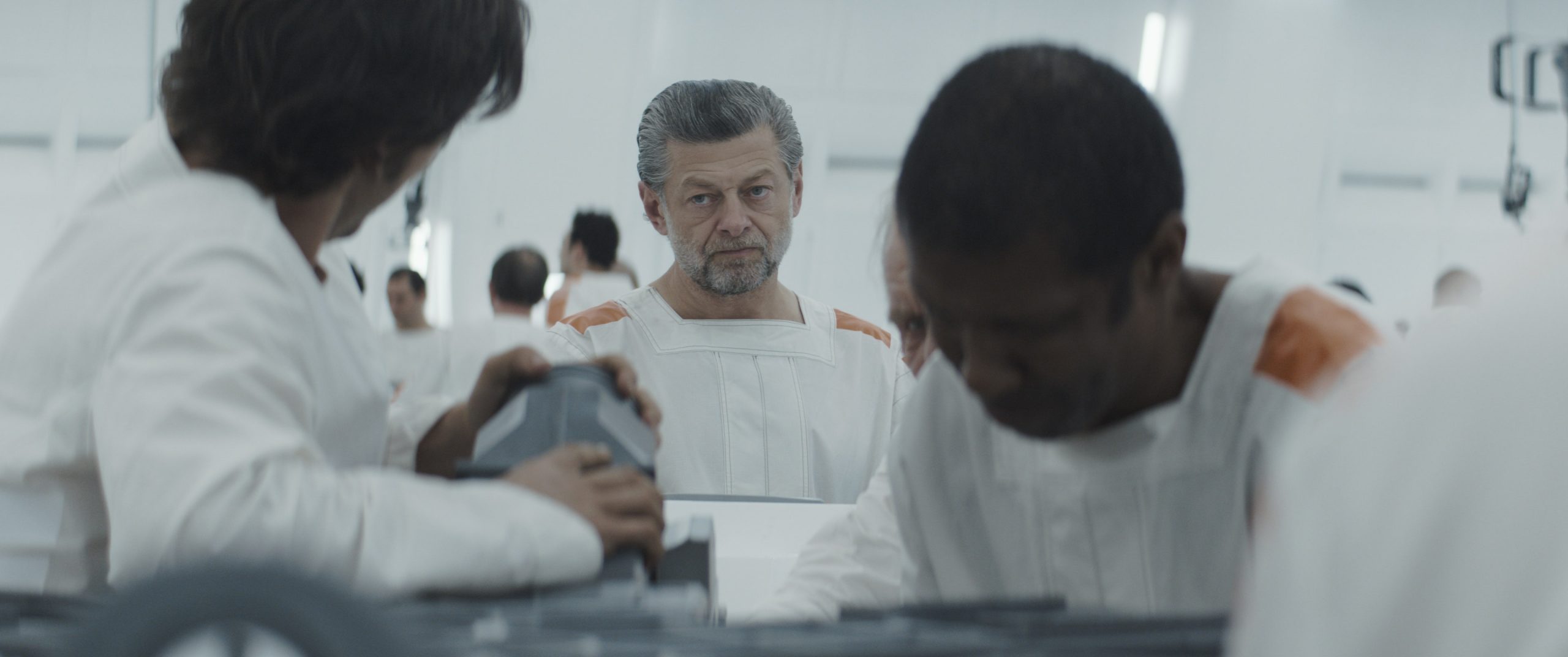
In this way, Kino Loy echoes many of the historical fulcrums who have helped real-world revolutions get off the ground and eventually succeed in their efforts. This article will focus on the fulcrum archetype and how these fulcrums have helped elevate revolutionary movements and turn them into viable mainstream alternatives to oppressive regimes.
Before diving any further, let me spend a little time spilling history’s best kept secret when it comes to revolutions. When you read a history book, most of them paint revolutions with a broad stroke that puts everybody in two camps. There are always the revolutionaries, and the old guard. One fights the other, the revolutionaries succeed, and history marches onward.
A deeper analysis of any successful movement, however, shows the reality is much more nuanced than history books would show. Amilcar Cabral, in his struggle to liberate Portuguese Africa, identified that a successful revolution needs the middle class or “petite bourgeoisie” involved in the struggle. They understand the importance of freedom on a philosophical level thanks to their higher level of education and access to resources.
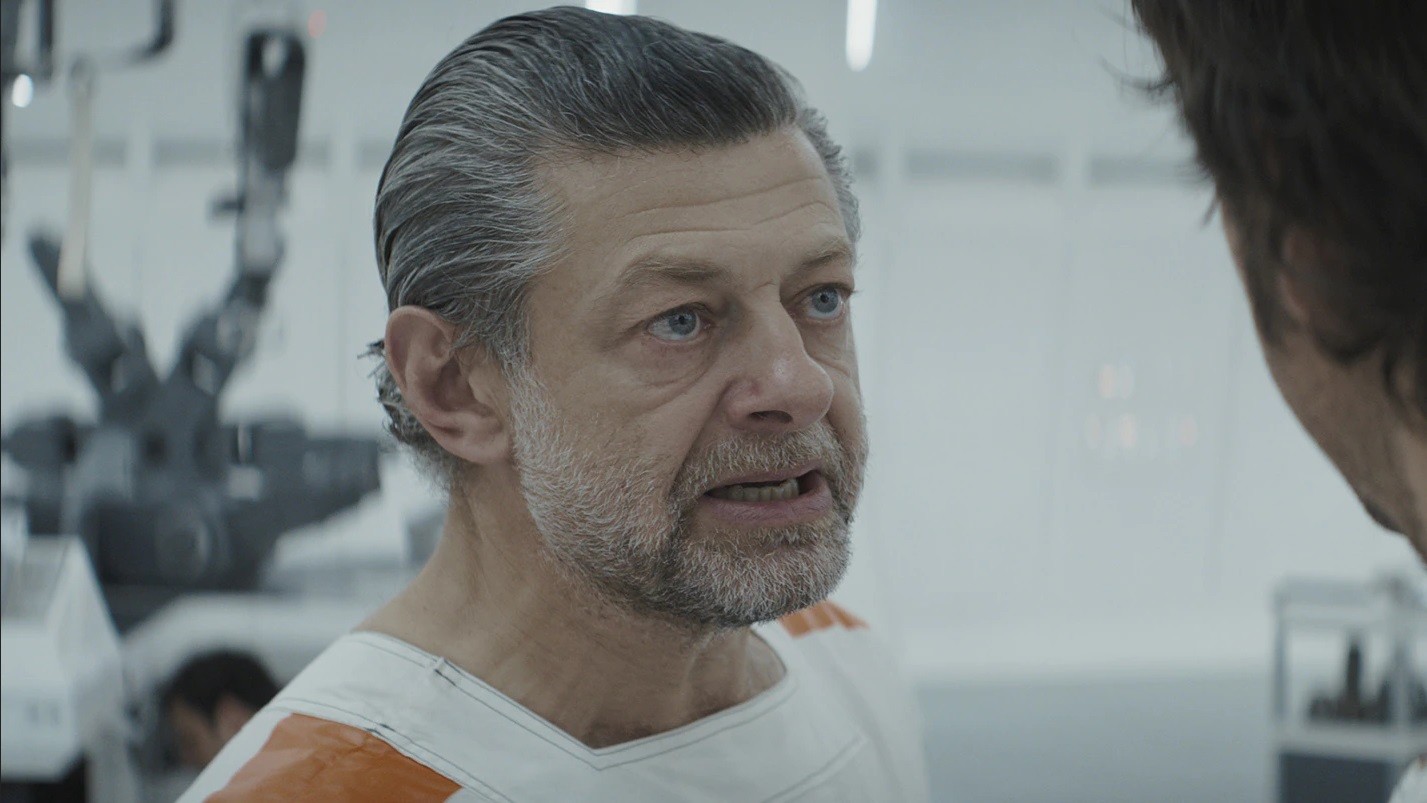
Put another way, the most oppressed people know what needs to change, but the middle class and above understand the technical ways in which change can actually occur. With the Narkina 5 story arc in Andor, Tony Gilroy takes the time to show us the kind of information and knowledge people like Kino Loy have and why revolutions are doomed to fail without their explicit support.
On Narkina 5, Kino Loy is a dedicated shift supervisor. He works hard, keeps his team in line, and also shows leadership skills you would see from a direct manager. By all measures, he is introduced as a tough, but fair leader. Every day he subscribes to the Imperial propaganda of “do your job, keep your head down, and get your number to zero,” only reinforces the propaganda as real. When Melshi tells Cassian nobody is leaving now, Kino is quick to stop the conversation and get the team focused on sleeping to get rest for the next shift.
Similarly, when a rumor breaks out an entire floor was “fried,” Kino is quick to get his entire team calmed down and silences the rumor quicker than any Imperial calls for “on program” could have done. It takes the death of Ulaf for Kino Loy to finally stop giving the propaganda any credence. This death, and the way it is shot and acted by Andy Serkis, brings Amilcar Cabral’s words to life. He is not only putting the pieces together, but realizing how the entire system is setting up prisoners to work until their death with no freedom in sight. In that moment, Kino understands why revolution is important, and it makes his final line, “never more than twelve,” resonate with the audience.
![]()
Now that Kino Loy understands why Cassian and Melshi’s call for revolution is right, he is willing to give them the information they need to successfully breakout. In the real world, this shows up in a variety of revolutions in many ways. For example, the Black Panthers are typically shown in history books with their weapons and at protests, but what’s not shown as often is their free breakfast and lunch program.
Bobby Seale, one of the Black Panther leaders, worked alongside Father Earl Neil and Parishioner Rutherford Beckford-Smith to set up the program and recruit other members of the neighborhood. These people worked together to build this program and ultimately expanded it to 36 cities, feeding over 20,000 children across the nation. Having a program this successful requires space, resources, and administrators, and it was these volunteers and people with resources that brought the program Bobby Seale envisioned to life. In fact, the program itself was so successful that in 1969, the national School Lunch Program administrator admitted that the Black Panthers fed more poor school-age children than the entire State of California.
Admissions of efficacy aside, the program resonated with so many people, the federal government expanded the national free and reduced lunch program in 1975 to something closer to what we have now. Likewise, the FBI worked to dismantle the Black Panther, citing the free breakfast and lunch program as a threat because it won over poor working-class liberal Whites and moderate Black support for the organization. Despite the history books painting the Black Panthers as radical revolutionaries, it was the simple act of providing food and the technical know-how to make it happen across the nation that moved the FBI to act.
![]()
Beyond the initial technical support Kino Loy provides in the breakout, he is instrumental in getting more workers to join the breakout by delivering a speech over the intercom to all the workers. The speech highlights another element of Amilcar Cabral’s insight into why the Petite Bourgeoisie are crucial to ensuring revolutions succeed. Specifically, the kind of ‘soft skills’ Kino Loy displayed in his speech that usually comes from higher education, elevated leadership experience, or both that the Petite Bourgeoisie are typically given in an oppressed society.
Cassian makes the decision early on to bring Kino Loy with him to the main control center of Narkina 5 and it pays off when he starts to give a speech that quickly gets other workers to put down their tools and start fighting. Cassian recognized he alone could not get the workers to simply rise up across the entire facility. We even see this when they move to other areas and not everybody is willing to immediately join the fight.
By the end, Kino’s speech becomes internalized by the workers, and ultimately a call to action, with chants of “one way out” echoing for the remainder of the episode. These leadership skills are not inherently rare, but do require some level of training or prior experience to lead effectively. Leaders like Martin Luther King Jr. mimic this in the real world. Martin Luther King Jr. was an experienced orator because he was a pastor and came from a family of pastors. The fact he’s quoted multiple times in a variety of formats is not an accident; he was well versed in speaking to people and guiding them towards action in his day job.
![]()
A leader’s proximity to both the workers and the oppressors allows them the unique opportunity to speak directly to worker’s concerns, with a knowledge of how the oppressors designed the system to operate. Without leaders like Martin Luther King Jr., or Father Earl Neil and Parishioner Rutherford Beckford-Smith, the revolutions they were a part of would not have gone as far or resonated with as many people as they did. These leaders were instrumental in turning the frustrations of the workers and oppressed peoples into tangible action and a framework they could use to empower themselves.
Amilcar Cabral worked to liberate Guinea-Bissau from the Portuguese and was adamant about involving both the workers and their bosses who were still second-class citizens to the Portuguese. With the extra capital that the middle-class leadership had access to, and the sheer numbers that the workers provided they succeeded in liberating the country in nine years. In Star Wars, the Empire was at its strongest when the various planets and people in the galaxy were unaware of how the Empire was draining their resources in pursuit of raw power and control. The Rebellion consistently wins more planets and people to its cause by connecting the dots. People like Cassian are crucial because they did the work on the ground to actually defeat the empire, but people like Kino Loy are essential in helping bridge the divide between Imperial Propaganda and the truth for everyday people.
Unlike the other archetypes I have covered in this column, Kino Loy and the “fulcrum” status is one of the grayest areas; simply because revolutions need this archetype in a variety of contexts. Expanding this to other characters, the importance of their fulcrum status comes into sharper focus. Mon Mothma fits into this archetype from the upper elite angle as she sees how the Emperor’s decrees and bill packages only lead to more oppression when you strip away all the legal jargon. Similarly, Luthen Rael acts as a sort of fulcrum between the elite and the oppressed as he has a prominent antiquities shop while building Rebel networks and supporting other cells.
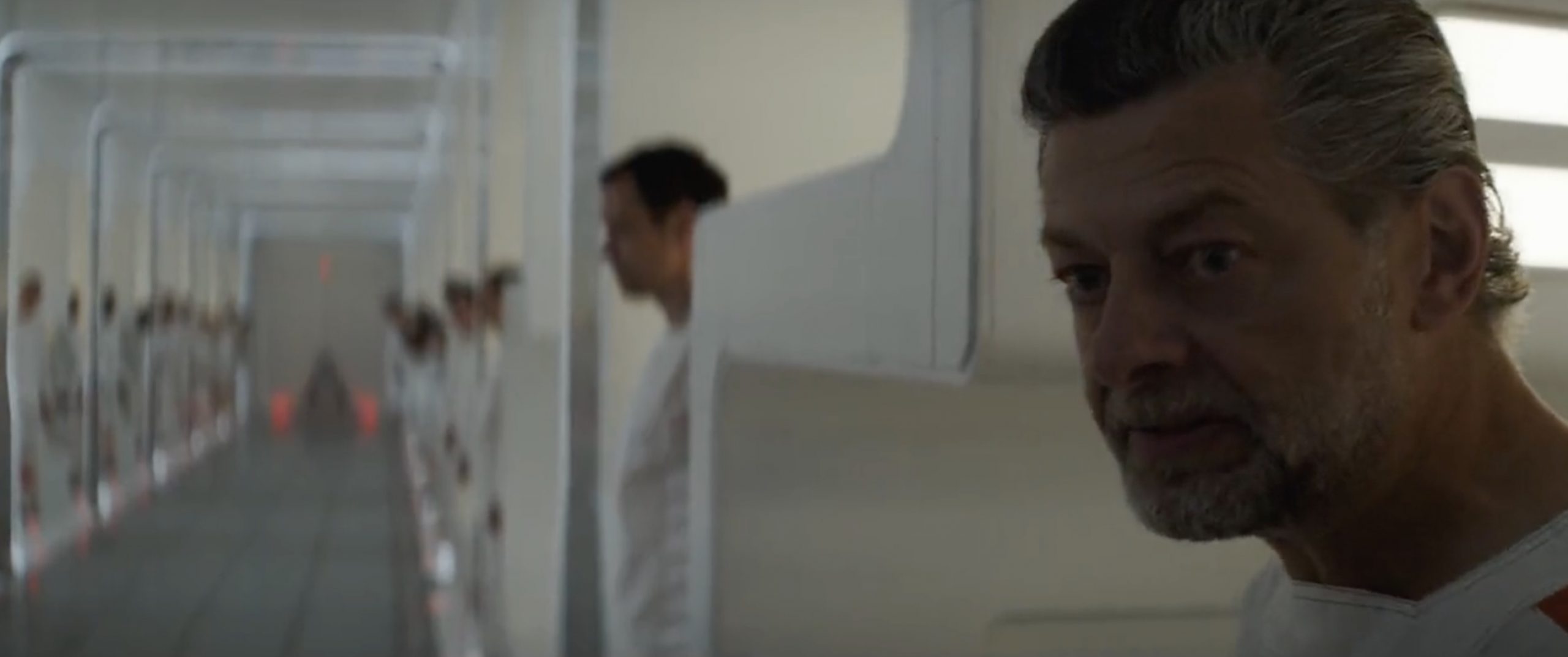
Even in the earlier Aldhani heist, a lot of the information the crew has on how the base operates comes from Lieutenant Gorn who is so disillusioned with the Empire after their treatment of the locals that he willingly provides the information necessary to make the heist possible in the first place. Every Rebel victory in Andor can be traced back to a person in a position of leadership willingly giving it over to the Rebellion in the pursuit of a better tomorrow.
Mon Mothma will become their political champion and Luthen is clearly using his fulcrum status to move sums of money and equipment between the various cells. While Kino’s part is relatively smaller, it’s still crucial to help the Rogue One team live long enough to make a difference in the galaxy. In each instance, the person in that fulcrum position provides crucial support and assistance that helps the revolution take its next step forward. When you extend the timeline and see General Leia Organa got funding from sympathetic sources to build the resistance, this archetype proves itself as a consistent requirement for successful resistance in Star Wars in the same way that real world movements leaned on these leaders to succeed.
One of the more consistent praises given to Andor is how the series successfully blurred the line between the Rebels and Empire. The stakes are much higher for those who see the Empire for the oppressors they are. As a result, characters like Kino Loy become essential. The end of Kino Loy’s arc and Luthen Rael’s monologue happening within the same episode is clearly an intentional choice.
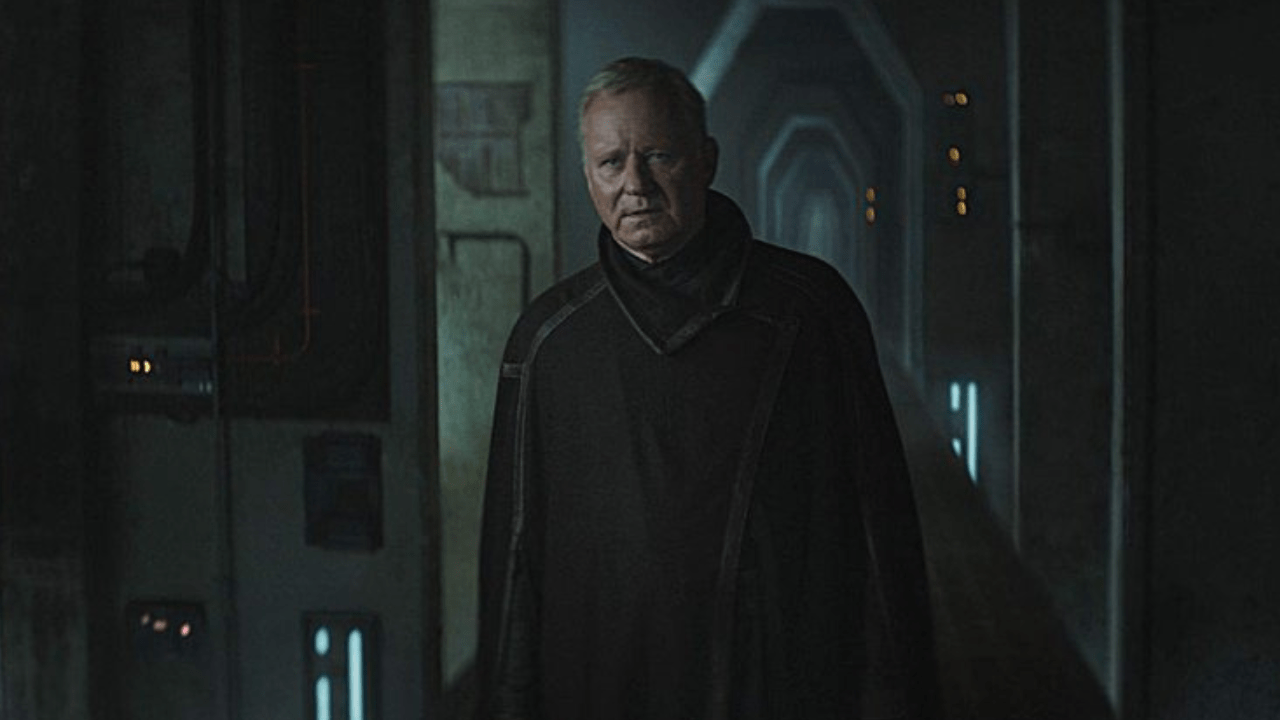
These fulcrum archetypes are playing a dangerous game. If the Empire finds out these people are actively encouraging rebellion, they would be quickly rounded up and made an example of. Kino, Luthen, and Mon also share a similar fate of striving for a future they may never see. If you consider the New Republic is vaporized before the end of the Skywalker Saga, even Mon Mothma will never live to see a future in which evil is not actively oppressing people.
Finally, the fulcrum status is unique because people can evolve into the position unlike other archetypes. Cassian becomes Jyn Erso’s fulcrum who inspires her to lead the Rogue One mission. When people spend time working with a group or in a job, they will gain experience and eventually get promoted into a position of power. At that point, they will find themselves in a position to be a fulcrum to others.
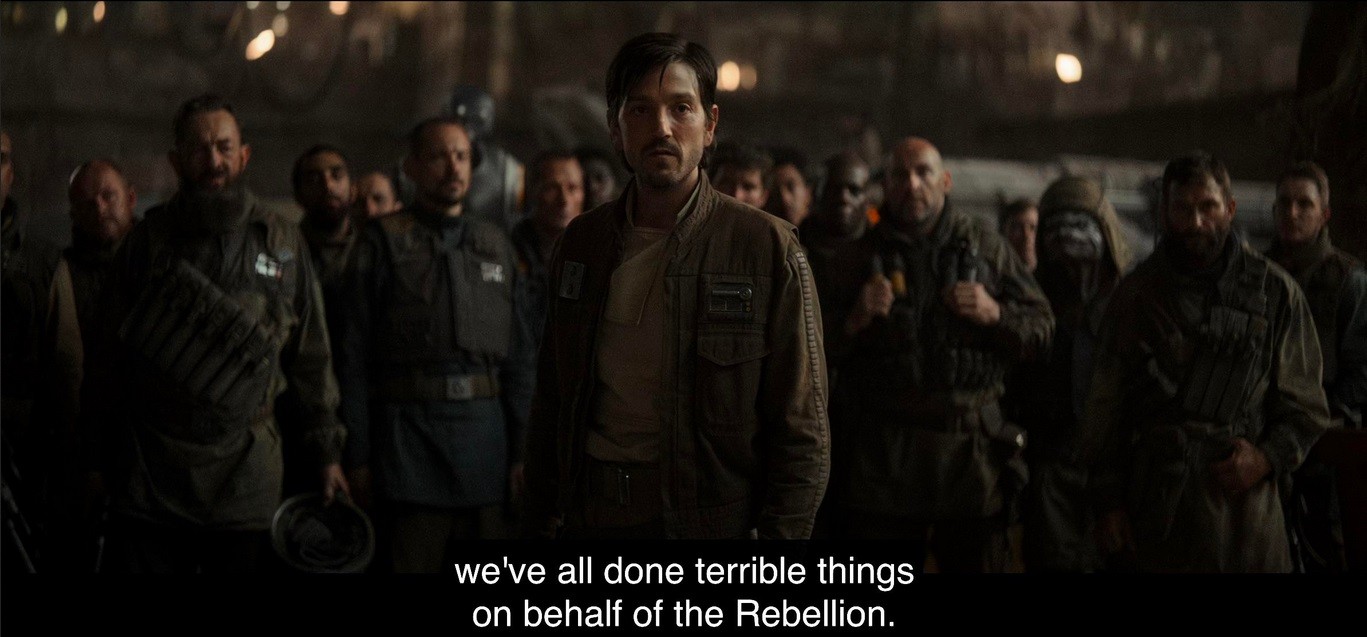
The reason Cassian is so important to the Rebellion is because he internalizes the advice fulcrums gave him by the time that Jyn Erso and Project Stardust came into his life. When the elite leadership in the Rebellion declines to run the Rogue One mission, it is Cassian’s ability to inspire his fellow assassins, spies, and saboteurs as a fulcrum that makes it happen. On a practical level, you can’t have Rogue One without Kino Loy because Cassian would have died on Narkina 5. On a philosophical level, you can’t have a successful revolution without Kino in your group and a pipeline to create more Kinos, Luthens, and Mons.

